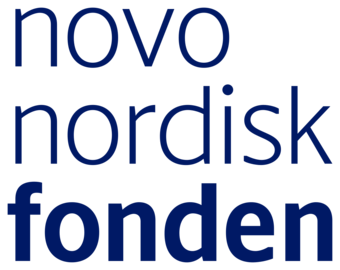Univ.-Prof. Dr. Thomas Klausberger

To generate cognitive behaviour, our brains need to combine multiple information from various sources, a capacity supported by rich and selective synaptic connectivity between neurons and neuronal networks. The distributed temporal activity in neuronal circuits of the prefrontal cortex and hippocampus combines emotional information with episodic and spatial memory to guide decisions and behavioural action. Single neurons of often unknown identity have been shown to exhibit specific firing patterns during learning, spatial navigation and decision-making tasks. In our laboratory we aim to determine how distinct types of neurons cooperate and signal with precisely timed activity and synaptic specificity to generate cognition and behaviour, including sensory-guided or value-based decision making, metacognitive evaluation of previous decisions, learning and memory.
Focal points of interest
The cerebral cortex consists of highly diverse neuronal networks. Neurons can be divided into excitatory pyramidal cells, which use glutamate as a neurotransmitter and give both local and long-range axonal projections, and inhibitory interneurons, which are GABAergic and control the activity and timing of pyramidal cells mainly through local axons. In our laboratory we have been studying how distinct types of GABAergic interneuron control the activity of pyramidal cell assemblies, as GABAergic interneurons can be further subdivided on the basis of their distinct axo-dendritic arborisations, subcellular post-synaptic targets, and by their differential expression of signalling molecules, including receptors, ion channels, neuropeptides, transcription factors and Ca2+ binding proteins. We have shown how distinct GABAeric interneurons provide a spatio-temporal input matrix onto pyramidal cells during network oscillations by releasing GABA at differential time points to different subcellular domains of pyramidal cells. These patterns are dynamically changing with different brain and oscillatory states of the networks. Furthermore, we have shown how distinct types of GABAergic interneurons shape the activity of pyramidal cell assemblies during decision making, learning, cognitive flexibility and memory encoding and retrieval.
Technical proficiency and instrumentation
In our laboratory, we combined extracellular recording of action potentials with juxtacellular labelling using neurobiotin and immunocytochemical characterisation of distinct types of interneurons recorded with glass electrodes in freely-moving rats or head-fixed mice. This method allows unequivocal identification of the cell type together with defining the temporal precision of their firing and synaptic relationships. In addition, we perform large-scale recordings, often combined with optogenetic tagging and manipulations, using neuropixles and silicon probes to investigate large and distributed network activity in the prefrontal cortex and hippocampus. We determine precise temporal activity patterns of GABAergic interneurons in relation to decision making and learning, as well as in relation to different network oscillations in the brain. Currently, we are establishing recordings of single neurons in awake human epilepsy patients.
Aspirations for the next 5 years
We aim to determine how distinct types of GABAergic interneuron shape, control and modulate neuronal networks in the prefrontal cortex and hippocampus during value-and sensory-guided decision making, metacognitive evaluation of decisions, learning and flexible behaviour. This will provide not only a temporal and synaptic connectivity map underlying cognitive computations in the healthy brain, but will provide a solid foundation to understand pathological dysfunctions and disease, including schizophrenia and epilepsy.
References
- Klausberger T., Somogyi P. Neuronal diversity and temporal dynamics: the unity of hippocampal circuit operations. Science, 321, 53-57 (2008), DOI: 10.1126/science.1149381
- Sakalar E., Klausberger T., Lasztóczi B. Neurogliaform cells dynamically decouple neuronal synchrony between brain areas. Science 377, 324-328. (2022). doi: 10.1126/science.abo3355
- Forro T., Klausberger T. Differential behavior-related activity of distinct hippocampal interneuron types during odor-associated spatial navigation. Neuron 111, 2399-2413. (2023) doi: 10.1016/j.neuron.2023.05.007





